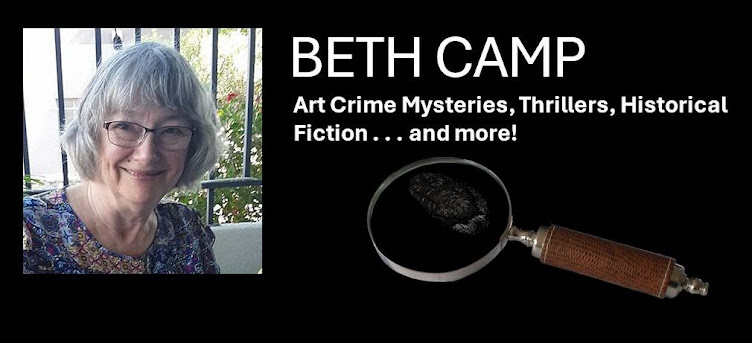I'm high in the Andes Mountains.
The bus curves around foothills,
stark sand dunes lead to rocky cliffs,
salt crusted, and at the top, snow.
No one could live here.
Yet 500 years ago, people came,
wearing sandals woven of grass,
climbing up these mountains,
carrying what was most sacred
to the highest point of Mt. Ampato.
This ice princess began with unnamed
warm ocean currents.
The shells turned red and white, bad omens,
the elders said, the mountains,
talking gods, began to belch smoke and fire.
She was born in the most propitious time,
her auspicious umbilicus saved
against that day she would transform herself
withh sea eyes, to become protector of her people,
one who walks-with-gods,
the beautiful one, the pure one, perfect,
wrapped in sacred prayers.
Placed just so, wearing gold ornaments
and wrapped in red and white, she could see the future,
the deep black sky sparked with stars, ahead,
the curve of the earth. She was one with
the Apu, the spirit of the mountain, her
eyes open for all eternity, a bridge,
a song, prayers burned into her bones.
The bus moves down to Arequippa. We pass
a road side altar, a Christian cross
entwined with pink and white plastic flowers.
I remember the ice princess, Juanita,
a child among children.
Juanita (so nicknamed for her discoverer) was sacrificed to the mountain spirit of Mt. Ampato some 500 years ago. Her mummified remains were discovered by Johan Reinhard in September 1995, in a gully surrounded by ice. Recent volcanic activity and perhaps earthquakes had caused her body to be dislodged and fall down the side of the mountain, a trail of artifacts spreading behind her. Today she resides in the Museo de la Santary, in Arequipa, where she can be visited from May to September. Her offerings included three small hand-sized icons of copper and gold, dressed in exquisite textiles and adorned with feathers honoring the moon and earth, the water, and the sun. While we may remember the horrific human sacrifice of the Aztecs, both the Mayans and the Incans also sacrificed humans, but at a much lesser scale. Only 18 of these children have been found at the top of mountains throughout what was once the Incan Empire, spreading from Peru south through Chile.
Please visit the Museo de la Santury for some dazzling pictures of the Ice Princess, some of the artifacts she was found with, including her red and white huipil, and, of course, the mountain.

Beautiful poems that captures a difficult to understand way of thinking, the cultural sanctioning of child sacrifices. I like how, even though you anchor your poem in the present, you leave out our modern day moral judgments.
ReplyDelete